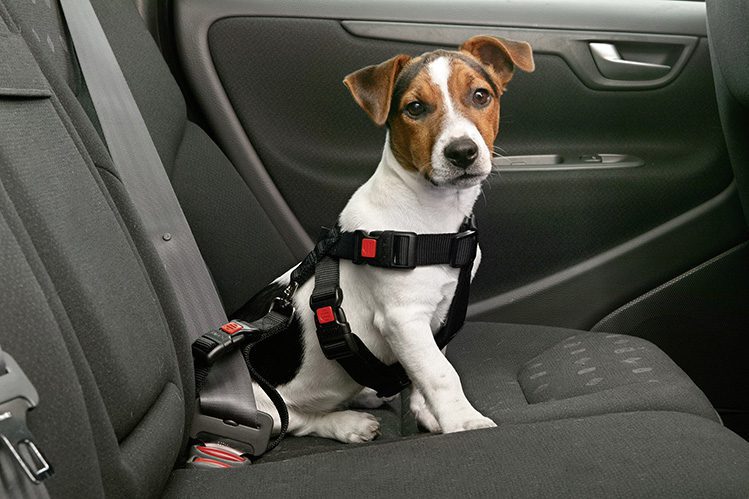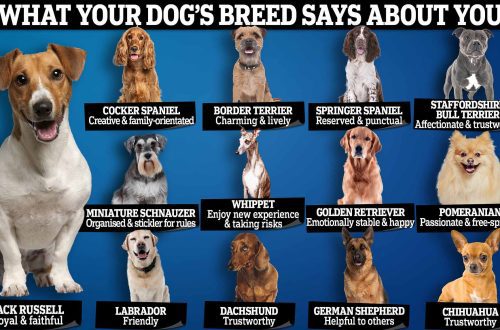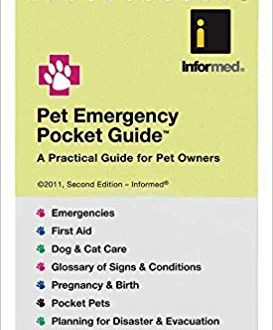
10 Tips for Successful Dog Transportation
Transporting dogs over long distances is a fairly popular service these days. The modern rhythm of life often involves travel, but what if there is no one to leave the pet for the time of departure, and a hotel for dogs does not seem like a good option? Of course, you can take your dog with you, and it is not difficult if you prepare in advance for the trip.
And here are some tips to help you!
Please check the carrier’s requirements for transporting dogs before purchasing tickets. Depending on the method of transportation, you may need different documents for the dog, as well as certain devices for transportation. For example, air travel with animals requires special containers for transportation that meet a number of requirements. Please note that each transport company can adjust the conditions for transporting animals. Be sure to check this information before purchasing a ticket.
Check the vaccination and pest control records on your pet’s veterinary passport: they must be up to date. Along with the veterinary passport, for the transportation of dogs by plane, ship or train, you will also need a veterinary certificate form No. 1, confirming that the pet has no diseases. This certificate is issued before the trip itself and is valid for three days. The rabies vaccine is valid for a year. Since its incubation period is 1 month, it must be done at least a month before the trip. Thus, you will not be able to travel if the dog was vaccinated, for example, a week before the date of departure.
If your dog is more stressed out, start giving him a sedative 5 days before the trip. A suitable sedative will be recommended by your veterinarian.
Do not feed your dog on the day of departure. But her dinner the day before should be nutritious and dense.
Be sure to take your dog for a walk before leaving.
If long stops are planned during the move, take your dog for a walk.
If possible, plan your move during the daytime. The dog will endure the road in the daytime more easily than at night.
If you are transporting your dog in a car, use a container for transportation (it can be fixed on the rear seats or placed on the floor between the front and rear seats). If the dog is transported without a container, it is fixed in the rear seats with a harness and seat belts. For greater convenience, use a demarcation grid and a special hammock to protect the material of the chairs from dirt and scratches. It is better if the dog is accompanied in the back seat.

When transported in a car, the dog should in no case interfere with the view from the driver’s seat.
Take something familiar to your pet on a trip. For example, his couch, which can be put in a container, or favorite toys. Familiar things and smells will help your dog navigate the road more easily.
Good luck on your way!





